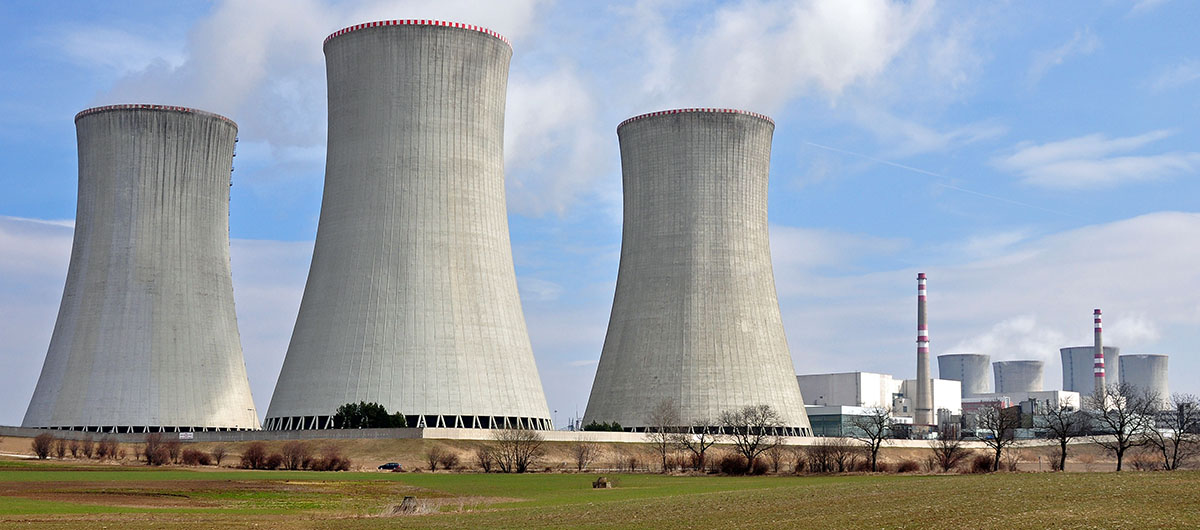Basic protection

Structurally engineered objectives
Essentially all structurally engineered objectives are based on the concept of basic protection.
This implies:
- Protection from falling debris, bunkers stability against heavy mechanical loads
- protection from the impact of fire, just as the fire of a burning building for example
- protection from radioactive explosion, as it could happen shortly after a nuclear operation close at ground level
- Protection from chemical and biological warfare agents, installation of a complete ventilation facility for this purpose
- Protection from terrorism, shooting of missile like weaponry of all
- Bunkers suitable for longer, uninterrupted and autonomous stays, in other words water supply and provision of diesel fuel for the larger bunkers etc...
Where the bunker should be placed?
Entry to the bunker must be easily accessible from the residence or working place.
It should not be placed directly opposite the cellars exit door, but instead laterally positioned.
This method would then provide maximum protection against radiation, rubble and.
How does a bunker work:
The operation and installation of bunkers in Germany is standardized. Together with the appropriate reinforced walls and ceilings as well as an emergency exit, the air filter represents an important role for the bunker. Air is suctioned with the use of sand or activated carbon. This way radioactive particles as well as chemical and biological harmful substances are filtered out of the air. Whilst the air filter suctions clean air into the room, high pressure valves allow used air to go out and simultaneously prevent unfiltered outside air to come in.
Bunker installation:
Bunkers have no windows, are gas proof, fire resistant, radiation proof and pressure resistant.
Protective ventilation:
Blocking valves will be attached to incoming and outgoing air pipes when outside air is no longer respirable. Breathing air will now be suctioned from the bunkers aerator only with the use of a sand filter, to clean the air. The bunkers aerator is fitted with and electric motor which can be manually used in emergencies during an electric power breakdown.
Sand filter:
the sand filter is to be placed underground and has to be separated by a concrete wall situated at least 30cm from the bunker. The walls of the sand filter are made up of 15cm thick strong reinforced concrete. The covering the sand filter must be rubble resistant! The suction grid must prevent the friction of the sand filter during the air suction.
Installations:
In the shelter, a water sampling location is provided. Wastewater is to be discharged with a backwater control valve. The electrical installation is to be made moisture proof and a connection for a radio device must be available. All cable ducts are sealed gas-tight and fire resistant with appropriate concrete embedded wall penetrations.